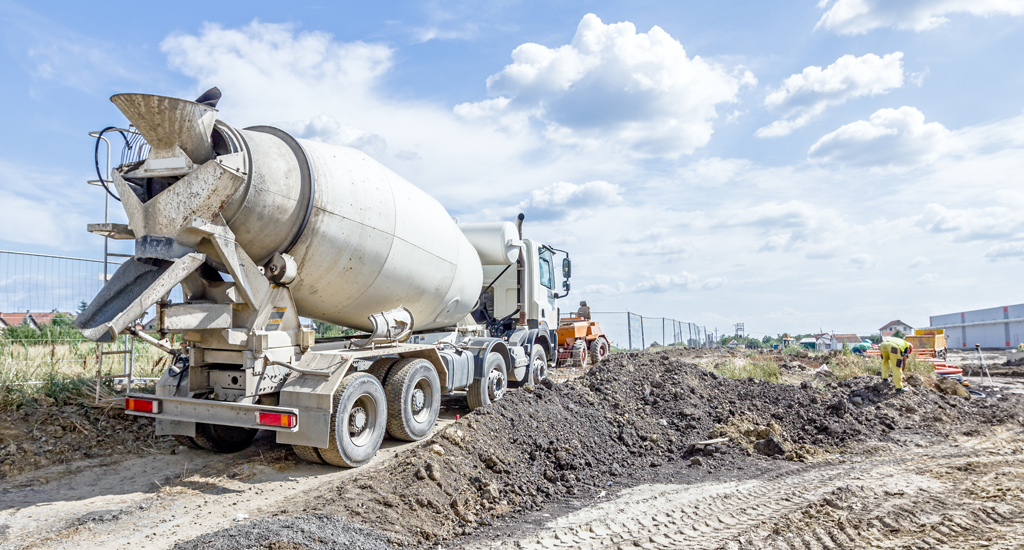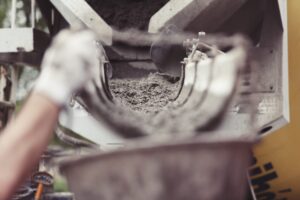
Why Your Concrete Ready Mix Drum Spins (And Other Info You Should Know)
For crews who work in construction and concrete, ready mix truck drums aren’t just a tool of the trade. They’re the element that makes their very livelihood possible. For that reason, they know just about everything there is to know about that drum — how it works, the materials it mixes and the best way to care for it, too.
Of course, when it comes to the general public, that knowledge isn’t so cut and dried.
The truth is, many people who hire concrete crews (or even simply see them out and about) have questions about the tools concrete and construction crews use on the regular. And at General Chipping, we think it’s important to have answers.
Here, our concrete chipping pros have gone back to basics about a few bits of information everyday folks want to know.
If you work in concrete or construction, read on, soak it in and stand prepared the next time a client asks you how your ready mix truck drum works. And if you’re simply interested in the finer points of concrete ready mix creation? Get excited, because you’re about to learn a lot. (After all, a little knowledge can be a powerful thing!)

Why Does a Redi Mix Concrete Truck’s Drum Mixer Rotate During Travel?
Most everyone is familiar with the sight of a ready mix truck making its way down the highway, its drum mixer spinning the entire time it’s en route. But do you know why that spinning takes place?
It’s all about ensuring the blended material is adequately mixed and ready to go once it reaches the job site.
You see, concrete consists of three main ingredients: Portland cement, aggregate such as sand or crushed rock, and water. And in order for the poured material to strengthen to its desired amount — and look as good as it should — it needs to be adequately mixed. A ready mix truck drum features internal blades that move that material around as needed and also aid in dispensing the concrete once the time is right.

Keeping those concrete ingredients moving along the way keeps the mixture from separating and settling. On top of all that, it ensures the material is ready to pour once that concrete truck reaches the job site, so crews aren’t left waiting and wasting time. (And wasted time can lead to thrown-off schedules, unhappy clients and lost business.)
Do Different Blends Affect Concrete Mixing Drums in Different Ways?
We’ve already talked about the importance of keeping concrete’s various components properly mixed while headed to your job site. But, does that blended material have impacts on your mixing drums beyond the need to rotate?
The short answer to that question is yes. (But we don’t like short answers around here.) Here’s what you should know about how the specific ingredients and ratios that come into play affect the finished product — and how they can impact your cement mixing drum.
- Consider the Aggregates in Use: Aggregates are among the three major ingredients of a traditional concrete blend, but they can vary widely from mix to mix — and even from one geographic region to the next. As Concrete Producer notes, areas that rely heavily on harder aggregate such as trap rock for their concrete experience more wear and tear on their drums than areas that focus on softer stones. It makes sense when you stop to consider it, as your drum’s main purpose is to knock aggregate around to incorporate it into the overall blend. Harder stones are bound to have a higher potential for damage than something like sand.
- Think Through How Hydration Impacts Things: The moisture in your concrete blend doesn’t just make for an easier pour. It reduces friction along your drum’s walls. Think of it like oil incorporated into a baking recipe. When you add the right amount in, you’ll find it’s a lot easier to stir and scrape your mix off the side of the bowl. The Concrete Producer article highlighted above points out that drier, lower-slump concretes tend to be harder on a vehicle, often leaving more material behind following a pour.
Of course, no one blend is right for all projects or mixing drums. The key is to select the concrete mix that can help your crew take on a particular job to the best of its ability, and which will result in a strong, aesthetically pleasing finished product.
Remember, whichever concrete blend your concrete or construction crew opts to use, ongoing maintenance is key to keep your drum mixers healthy and working well for you. Experts recommend booking concrete chipping appointments every three months.
While you’re at it, it’s a good idea to take care of cement silo cleaning and central mixer cleaning at the same time. That way you can sidestep costly repairs and replacements associated with neglected maintenance — and rest assured your equipment is ready to take on the work ahead.
We hope the above has shed a bit of light on the concrete ready mix drums you see while out and about — or furnished you with answers you can pass along to clients when they ask you about the tools you use to tackle your work. If you have questions about any of the above, or if you’re interested in learning more about how General Chipping can help you keep your drum mixers, cement silos and central mixers serving you well, feel free to contact our team. We’re always glad to assist!
